It is five years since the Great Recession, and Morgan Stanley and its competitors are still trying to regain the confidence of investors. To that end, James Gorman, Morgan Stanley CEO and chairman, has taken the bold step…

HBS Cases
- Case Study
Synthetic biology start-up C16 Biosciences wants to solve a big problem: replace palm oil, a major contributor to deforestation and climate change, with a lab-grown substitute.
- Topics on: Climate Tech, Corporate Sustainability Strategy, Sustainable Food Systems











